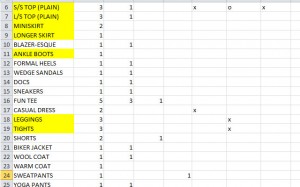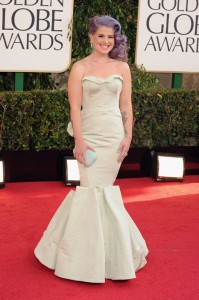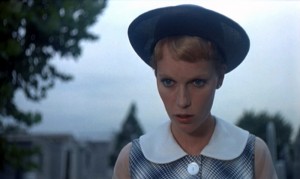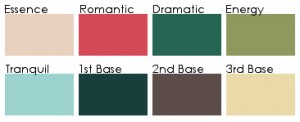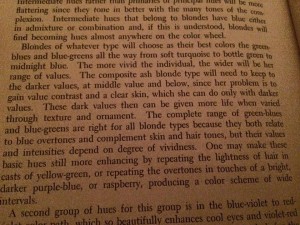One thing I try never to do is question someone else’s season or type designation unless it appears that something is really off, or they think they’re testing a certain type but it’s really another. Almost everyone in our little style and color community abides by this rule. This journey is a personal one, and even if people are in the wrong type or season, they usually discover it on their own eventually, and the information they get by discovering this themselves is usually very valuable.
But there is a certain clique that seems hell bent on questioning everyone’s seasonal designations and telling other people how wrong they are. Even if someone has been draped and has been living in a season successfully and happily, still they will consistently bring up their own point of view on someone’s season, a point of view they arrived at solely from snapshots and from arbitrary rules from a non-Sci\ART system. The trained analyst in another system was totally wrong, and the only true way is their own.
I had an experience with this over the weekend, and it really stuck in my craw. I dared to post a quick, taken-during-a-thunderstorm-on-my-iPhone snapshot of me in this lipstick for comparison purposes. On me, this lipstick does not look like a “warm, rusty brown” at all. It turns into a medium-deep red with some rose tones to it. It is my favorite red. Actual reds look clownish on me. Another person had posted a picture of themselves in this same lipstick, and on them it looked straight-up dark brown, so I just thought it was interesting that the same lipstick could look so different on different people.
But since the other person was a member of this clique, it brought out of the woodwork what can only be described as trolls. And all of these trolls felt the need to tell me that, although I was not seeking feedback on my season, that the fact that I turn dark lipsticks with brown in them less brown and lighter that I must be a summer.
I am sure that any actual summer who is reading this clicked on the link above and imagined themselves wearing that lipstick and shuddered.
Anyway, what we struck me is the sheer rudeness of it all. It takes a lot of nerve and a lot of, well, jerkiness to think that you can definitively contradict a stranger’s seasonal designation from a hastily snapped iPhone shot in poor lighting, and that arbitrary rules like “Dark Autumn lipsticks should be applied with at least three passes of the bullet” are real things that should apply to everyone in a season.
I understand that in systems in which Dark Autumn=dark person, I wouldn’t be a DA. I am a Dark Autumn in the way I understand the season, which is that the colors and makeup just seem to work for me and work better than all the other seasons I’ve tried. And it’s faintly ridiculous to tell someone who can wear a dark lipstick like Emotional and not look like they just walked out of a Hot Topic that they must be a summer because this dark lipstick looks too LIGHT on them. Yes, that’s just what I need, lighter makeup so it can look chalky or clownish on me.
Anyway, I fully believe that this journey is a deeply personal one, and that’s why this is the one behavior I can’t tolerate. Even though I understand that the leaps these people were making were not only in a different system, but illogical, it still planted that little seed of doubt in my mind. And that’s just annoying.
So yeah, this is one of those behaviors that will cause me to ban someone from a group or get into fights in the comments or ban someone from commenting on this blog. Unless someone asks for help, let them get there on their own.
